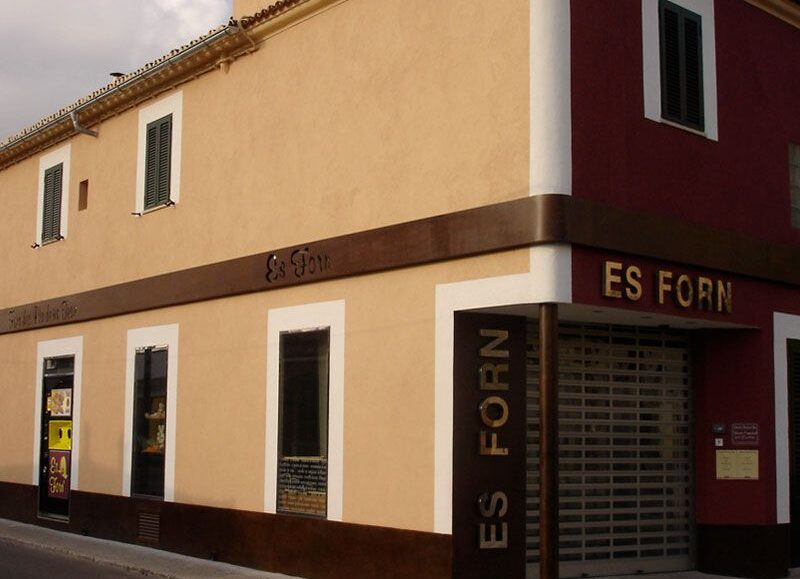
This bridge, built with marés blocks and dating from the 19th century, was rebuilt with the aim of overcoming the obstacle posed by the Coanegra torrent, thus improving communication between two prominent estates: Es Caülls and Son Sale. It is believed that the possession of Son Sales is of medieval origin. The houses had an important wine cellar, mill, stable, and other agricultural units since they were dedicated to the exploitation of carob trees, olive trees, vineyards, and crops. Over the years, it was expanded and reformed. It was the most valued possession of Marratxí and one of the most significant and largest in Mallorca. In 1800, it was divided into two: Son Sales and Es Caülls, the latter emerging, therefore, as an extension that was exploited as a livestock area, reaching up to 3,000 sheep and 500 olive trees. When it was divided, they called it Son Sales Nou, until the old place name, Es Caülls, was regularized.
It was acquired by the owners of the neighbouring farm, Son Verí, who had this bridge rebuilt. For this reason, on the sides of it you can see two shields: the one on the left corresponds to the Verí family, and the one on the right, to the Sales family.


In the center, you can see a crucifix with four arms in which it is called the fleur-de-lis or lily flower, which symbolizes, among others, purity, honour and power. Below the cross is the date 1884.

The bridge is included in the Catalogue of elements of artistic, historical, environmental interest and architectural heritage of the municipality of Marratxí (1999). On the other hand, the two shields have been declared an Asset of Cultural Interest since 1963. Since 2006 the Es Caülls bridge can only be crossed on foot.
As for the Coanegra torrent, which begins at Salt des Freu, in Orient, and extends through the Coanegra valley, towards the municipalities of Bunyola, Santa Maria and Alaró. Once in the Raiguer, it joins the Gros torrent at the Pont d’Inca, where its waters flow. In addition to the landscape value, the environment of the torrent is an interesting place for its flora and fauna. Among the vegetation there is an abundance of broom, rock violet, immortelle, steppe and savoury, among others. We find trees such as maple, Holm oak, elm, strapping, hackberry and black poplar.
In the wetter areas of the stream there are numerous aquatic plants such as blue water veronica, mastranzo, bayunquillo, as well as various ferns. As for the fauna, there are three species of mustelidae, the marten, the genet and the mostela. Bats hide in the holes, caves and chasms, while the water snake and the frog have their hiding places in the pools of the torrents. These places are frequently visited by birds of prey such as falcons, kestrels, kites and owls.



